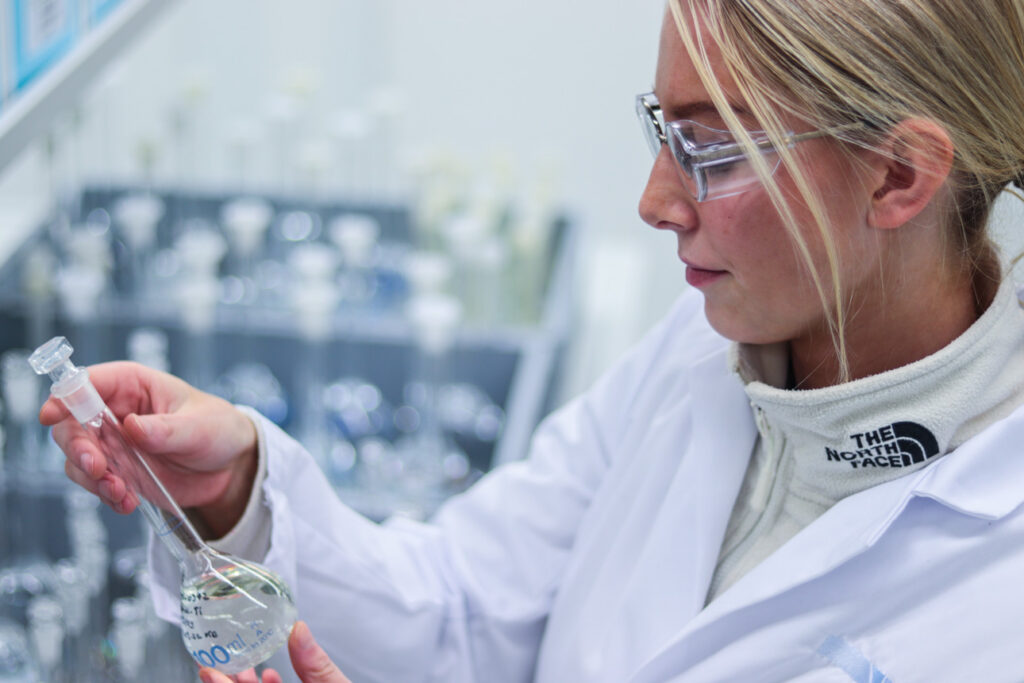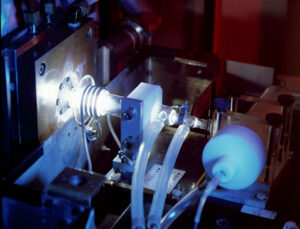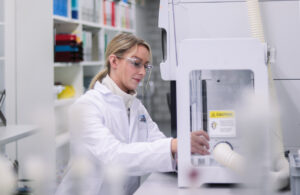What is the - ME Q3D(R2)
ICH Q3D(R2) is a quality guideline for the control of elemental impurities in new drugs and specifies the permissible daily exposure (PDE) for 24 elemental impurities (EIs) for drugs administered by oral, parenteral and inhalational routes. In addition, ICH Q3D(R2) provides guidance on how to determine an acceptable level for EI for drugs administered via other routes.
ICH Q3D(R2) vs USP<232> / USP
In short, the ICH Q3D guideline is roughly the European counterpart to the American USP<232> / <233>.
The European Medicines Agency (European Medicines Agency) publishes scientific guidelines for human medicines that are harmonized by the International Council (Council) for the Harmonization of Technical Requirements for the Registration of Human Medicines (ICH).
The guideline published by the ICH is available in this PDF ,the implementation strategy published by the EMA is available in this PDF.
n contrast to this, in the USA there is the USP, the U.S. Pharmacopeia, the American pharmacopoeia.
The USP describes the guidelines for elemental impurities in USP<232> and USP<233>. The limits are described in USP<232> in this PDF, and the procedure is described in USP<233> in this PDF. The most important questions about USP<232> and <233> are in this PDF.
New developments in the ICH Q3D(R2) guideline
The current ICH Q3D(R2) guideline reached “Step 5 implemented” in September 2022 and essentially included the following points:
- Correction of the PDEs for gold, silver and nickel
- Correction of the gold and silver monographs
- Addition of limits for elemental impurities on the cutaneous and transcutaneous route.
The ICH Q3D(R2) guideline replaces the previous ICH Q3D(R1) guideline.
Change of PDE - LIMITS - THRESHOLDS
The limits and explanations are described in detail in the ICH PDF. The following tables also show the changes.
The USP limits<232> are identical, with the exception of the latest changes for gold, silver and nickel.
Permissible daily exposure (PDE) for elementary impurities
Changes to the PDEs of gold, silver and nickel
| Element | Class | Oral PDE µg/Tag | Parenteral PDE, µg/Tag | Inhalation PDE, µg/Tag |
| Cd | 1 | 5 | 2 | 3 |
| Pb | 1 | 5 | 5 | 5 |
| As | 1 | 15 | 15 | 2 |
| Hg | 1 | 30 | 3 | 1 |
| Co | 2A | 50 | 5 | 3 |
| V | 2A | 100 | 10 | 1 |
| Ni | 2A | 200 | 20 | 6 ( |
| Tl | 2B | 8 | 8 | 8 |
| Au | 2B | 300 ( |
300 ( |
3 ( |
| Pd | 2B | 100 | 10 | 1 |
| Ir | 2B | 100 | 10 | 1 |
| Os | 2B | 100 | 10 | 1 |
| Rh | 2B | 100 | 10 | 1 |
| Ru | 2B | 100 | 10 | 1 |
| Se | 2B | 150 | 80 | 130 |
| Ag | 2B | 150 | 15 ( |
7 |
| Pt | 2B | 100 | 10 | 1 |
| Li | 3 | 550 | 250 | 25 |
| Sb | 3 | 1200 | 90 | 20 |
| Ba | 3 | 1400 | 700 | 300 |
| Mo | 3 | 3000 | 1500 | 10 |
| Cu | 3 | 3000 | 300 | 30 |
| Sn | 3 | 6000 | 600 | 60 |
| Cr | 3 | 11000 | 1100 | 3 |
Permissible concentrations of elemental impurities for option 1
The values listed in this table represent permissible concentrations in micrograms per gram for elemental impurities in medicinal products, active ingredients and excipients. These concentration limits should be used when option 1 is selected to determine the elemental impurity content in medicinal products with a daily dose of no more than 10 grams per day.
Changes to the limits from (R1) to (R2). The values valid since R2 are marked in red; the crossed-out values in brackets behind them are the reference values from Revision 1.
Source: ICH translated by Suisse TP
| Element | Class | Oral PDE µg/g | Parenteral PDE, µg/g | Inhalation PDE, µg/g |
| Cd | 1 | 0.5 | 0.2 | 0.3 |
| Pb | 1 | 0.5 | 0.5 | 0.5 |
| As | 1 | 1.5 | 1.5 | 0.2 |
| Hg | 1 | 3 | 0.3 | 0.1 |
| Co | 2A | 5 | 0.5 | 0.3 |
| V | 2A | 10 | 1 | 0.1 |
| Ni | 2A | 20 | 2 | 0.6 ( |
| Tl | 2B | 0.8 | 0.8 | 0.8 |
| Au | 2B | 30 ( | 30 ( | 0.3 ( |
| Pd | 2B | 10 | 1 | 0.1 |
| Ir | 2B | 10 | 1 | 0.1 |
| Os | 2B | 10 | 1 | 0.1 |
| Rh | 2B | 10 | 1 | 0.1 |
| Ru | 2B | 10 | 1 | 0.1 |
| Se | 2B | 15 | 8 | 13 |
| Ag | 2B | 15 | 1.5 ( | 0.7 |
| Pt | 2B | 10 | 1 | 0.1 |
| Li | 3 | 55 | 25 | 2.5 |
| Sb | 3 | 120 | 9 | 2 |
| Ba | 3 | 140 | 70 | 30 |
| Mo | 3 | 300 | 150 | 1 |
| Cu | 3 | 300 | 30 | 3 |
| Sn | 3 | 600 | 60 | 6 |
| Cr | 3 | 1100 | 110 | 0.3 |
Source: ICH translated by Suisse TP
Legal notice: The content is provided as is without any guarantee. Suisse TP or the authors are in no way liable for claims, damages or other obligations arising from the use of the content.
Amendments to the gold and silver monographs
| Element | Class | Oral PDE µg/Tag | Parenteral PDE, µg/Tag | Inhalation PDE, µg/Tag |
| Au | 2B | 322 ( | 322 ( | 3.2 ( |
| Ag | 2B | 167 | 16.7 ( | 7.0 |
Source: ICH translated by Suisse TP
Limit values for elemental impurities through the cutaneous and transcutaneous route
This section is completely new in Revision 2.
This Annex to ICH Q3D applies to cutaneous and transcutaneous products, whether intended for local or systemic action.
This appendix does not apply to medicinal products intended for administration via mucous membranes (oral, nasal, vaginal), topical ophthalmic, rectal or subcutaneous and subdermal routes of administration.
All the details can be found in Appendix 5 (from page 76)
5 tips for a robust ICH Q3D analysis
We have been conducting ICH Q3D analyses since 2015. During this time, we have developed a very robust analysis method. The following experiences were crucial in its development:
Stabilization of osmium
In an oxidizing environment, the element osmium is rapidly oxidized to volatile OsO4.
Therefore, OsO4 can be easily lost during sample handling, which leads to lower findings.
Our digestion solutions for ICH Q3D analysis are standardly mixed with a reagent for stabilization. This ensures that the difficult-to-analyze element Os always shows a good recovery rate in validations.
Contamination avoidance in trace analysis of ICH Q3D elements
An established procedure for cleaning the quartz digestion tubes and all laboratory equipment prevents contamination in trace analysis.
Complete clear exposures
When developing the digestion method, it is important to find the right acid mixture. The acid mixture, temperature and pressure must be coordinated with each other in such a way that the most robust and universally applicable digestion method possible is created. At digestion temperatures of 270°C in the microwave autoclave and when using the special acid mixture, clear, stable digestions are usually achieved.
No loss of volatile elements during sample preparation
Heating and cooling curves can have a significant influence on the recovery of volatile elements. The excellent temperature and pressure control of our microwave autoclave has allowed us to develop an optimized digestion program.
interference in ICP-MS analysis
By using a collision/reaction cell with ICP-MS, interferences (e.g. chloride) can be largely suppressed.
ICH Q3D analysis of Suisse TP
Our experienced experts have excellent skills in all areas of elemental analysis.
In addition to ICP elemental analysis, this also includes the associated digestion techniques (e.g. microwave pressure digestion) and the development, validation and transfer of the corresponding analysis methods.
Thanks to their extensive experience, our experts have developed a very robust analysis method that has since proven itself many times over. With the method we have developed, it is possible to quantitatively determine all 24 elements in the same measurement run. This includes, for example, osmium, which quickly oxidizes to volatile OsO4 in an oxidizing environment and is therefore quickly lost during sample handling.
Implementation of an analytical strategy - ICH Q3D
In a first step, the impurity profile of the product is typically determined in several batches by a survey analysis using ICP-MS (usually also in combination with ICP-OES). In most cases, a semi-quantitative screen is sufficient for this.
A risk assessment is performed as described in the ICH Q3D guideline. If the concentrations of the relevant elements are below 30% of the limit, this normally does not require any further action.
Otherwise, a product-specific method validation according to cGMP for the determination of element impurities is recommended. Specifications are set for the relevant elements. These are usually based on the limits set out in ICH Q3D. We develop a strategy for a product-specific analytical method and discuss it with the customer. In doing so, we assess the technical aspects of potential analytical techniques and combine them with a sample preparation method that is as simple and cost-effective as possible .
After successful method validation, the products are analyzed according to the customer’s order. Alternatively, the validated method can also be transferred to the customer.
| Microwave pressure digestion / ICP-MS / -OES overview analysis | |
|
|
|
| Element concentration > 30% of the limit | |
|
|
|
| yes | no |
| Setting the limits | No further actions |
|
|
|
| Development of the validation strategy | |
|
|
|
| Implementation of the method validation | |
|
|
|
| Release analyses in defined cycles | |
Quality is our standard
The quality of our laboratory is regularly audited and confirmed by both authorities (Swissmedic, Swiss Accreditation Service (SAS), FDA) and our customers. We therefore offer our services in accordance with the following accreditations, certifications and licenses: cGMP, FDA, ISO/IEC 17025, handling of controlled substances, ISO 9001.
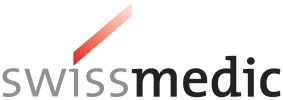
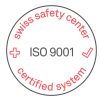

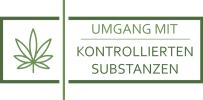
![AdobeStock_435228133-[Converted]](https://suisse-tp.ch/wp-content/uploads/elementor/thumbs/AdobeStock_435228133-Converted-e1676022886856-r5rh7v7sp83z3sp7w2heyevppymg1hwyiuztcogdfk.png)
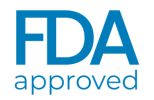
Reference standards
We use Inorganic Ventures reference standards for the ICH Q3D analyses we perform for our customers. We are convinced of the quality and enthusiastic about the price-performance ratio.
If you are from Switzerland and do your ICH Q3D analyses yourself, you will find these standards exclusively at https://inorganicventures.ch/.
Many reference standards can be ordered directly from the shop, and this form can be used for custom standards.
Methods that might also interest you
You can find an overview of further methods in the field of chemical analysis in the «Chemie Pharma» section.
These also include the following spectrometric methods:

